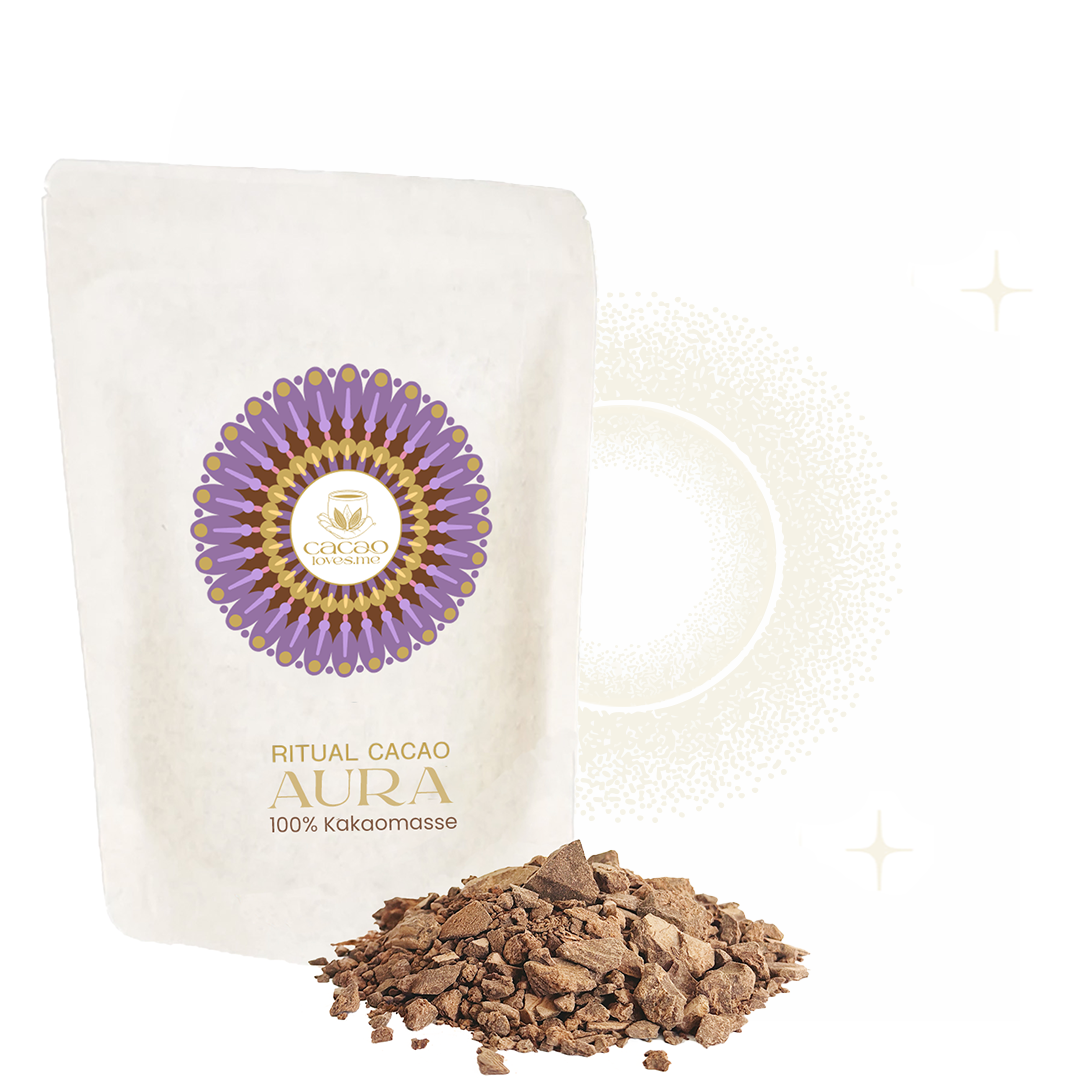Some are louder, some are quieter
Talking in a group is very easy for some people; they take their space and dominate it with their (verbal) presence. For others it is very difficult to show themselves in a group of people. It often seems too difficult for the latter to make themselves heard.
But especially people who find it difficult to dominate in a group have exciting, hidden stories to tell and sometimes something that is on their hearts.
Redestab creates equality and opens up space for presence
About six years ago I was able to get to know the power of circles and the talking stick tool that is often associated with it. That changed my understanding of communication a lot and, in my opinion, improved it enormously.
This type of talk is all about creating equality. Everyone gets their time to be seen and heard. Value-free and without reacting to what is said, exactly what is currently present may be revealed.
The talking stick round is originally an Indian shamanic technique and is now used by many people and in a wide variety of areas. Of course, there are also modifications and focal points.
However, one thing is always clear, whoever holds the baton has the undivided attention of the group. So it's more about listening and being fully present to someone than what's being said. This undivided attention was/is a form of respect and appreciation in many cultures.

How can a circle with a talking stick take place?
We also open our cacao rituals with a circle in which we pass our talking sticks around. In the following I would like to explain how something like this can look like:










Redestab creates speech culture of "feeling safe"
I read about indigenous tribes who pass around the talking stick until nobody really has anything to say anymore. With each round, the words became fewer and the WE bigger - until words were no longer needed and you just ARE together. This could go on for hours or even days.
This method is used in the design of processes, making decisions, in couple relationships, achieving a group and community feeling and even with the smallest in kindergarten.
The aim is to create a culture of speaking in which everyone is seen, feels safe and can speak out of their truth in a protected circle.
Can I build my own talking stick?
I can only recommend making your own talking stick. You can go for a walk in the woods and find a small to medium sized branch or twig. Hazelnut is excellent, especially as the hazelnut stands for peace and friendship.
You can paint this branch, decorate it with jewelry and feathers, and carve various symbols that mean something to you. The talking stick can look festive - but it doesn't have to. After all, what you want to use for this serves as a talking stick. Rather, it is about the meaning / function of a staff. We have often taken a stone or an apple ;-)




